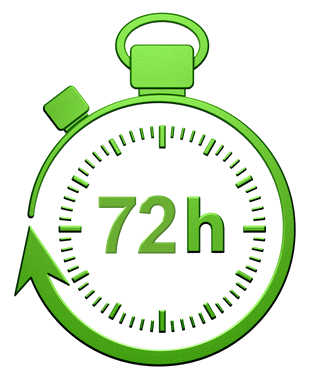Classique
Description :
Camille Saint-Saëns composed this Romance, Op. 51, in 1877, originally in the key of D major for cello and piano. The form of the piece is relatively simple, opening with a lyrical melody over a repetitive and somewhat rhythmic accompaniment. The middle section modulates to the key of the flattened 6th scale degree (B-flat major), using this to arrive at the dominant chord, in which there are some pseudo cadenza-like moments. Following this, a return to the opening melody with a slightly modified accompaniment, and subsequently a brief coda. To better accommodate the bass clarinet, the entire piece has been transposed up a half-step from the original version into a morecomfortable key of E-flat major. Additionally, for much of the piece, the solo part has been lowered by an octave, as to make the piece generally more accessible to students. Should there be a desire to hear the piece more in the range of the original version, one could simply play it on a standard B-flat clarinet to achieve this effect. Though only about four minutes in length, this relatively short vignette captures much of the true essence of Saint-Saëns, not only through the harmonic progressions and accompanimental figures used, but also demonstrating his gift of turning a "simple" melody into something extraordinary. Camille Saint-Saëns composed this Romance, Op. 51, in 1877, originally in the key of D major for cello and piano. The form of the piece is relatively simple, opening with a lyrical melody over a repetitive and somewhat rhythmic accompaniment. The middle section modulates to the key of the flattened 6th scale degree (B-flat major), using this to arrive at the dominant chord, in which there are some pseudo cadenza-like moments. Following this, a return to the opening melody with a slightly modified accompaniment, and subsequently a brief coda. To better accommodate the bass clarinet, the entire piece has been transposed up a half-step from the original version into a morecomfortable key of E-flat major. Additionally, for much of the piece, the solo part has been lowered by an octave, as to make the piece generally more accessible to students. Should there be a desire to hear the piece more in the range of the original version, one could simply play it on a standard B-flat clarinet to achieve this effect. Though only about four minutes in length, this relatively short vignette captures much of the true essence of Saint-Saëns, not only through the harmonic progressions and accompanimental figures used, but also demonstrating his gift of turning a "simple" melody into something extraordinary.



 Gagnez un bon d'achat dès 50€
Gagnez un bon d'achat dès 50€
 30 jours pour changer d'avis
30 jours pour changer d'avis




